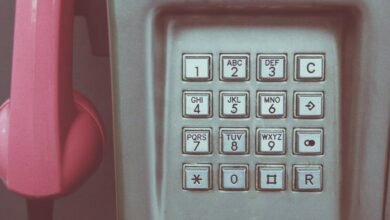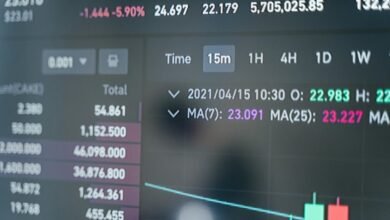Examine Caller Patterns 3519229452 3384029017 3509808603 3892109604 3248665012 3294855635

Examining the caller patterns of numbers such as 3519229452, 3384029017, and others reveals significant trends in communication behaviors. Each number may indicate distinct origins and purposes, suggesting a range of demographics among callers. A thorough analysis of call frequency and duration could uncover potential red flags. Understanding these patterns is crucial for personal security. However, the implications of these findings warrant further exploration into the nature of the calls and their intent.
Overview of Caller Patterns
Caller patterns refer to the distinct behaviors and trends exhibited by individuals when making phone calls, which can be categorized into various types based on frequency, duration, and timing.
Analyzing caller demographics reveals significant frequency trends, highlighting how age, occupation, and location influence calling habits.
Understanding these patterns enables greater insight into communication preferences, ultimately fostering a sense of freedom in connecting with others effectively.
Analysis of Individual Numbers
While examining individual numbers, one uncovers a wealth of information regarding calling habits that extends beyond mere frequency.
Each number’s caller frequency reveals patterns indicative of their origins, whether local or international. Analyzing these aspects provides insights into potential intents behind the calls.
Understanding number origins further enhances this analysis, offering context that can guide individuals in making informed decisions regarding their communications.
Common Characteristics of Suspicious Calls
Analyzing calling habits leads to the identification of common characteristics that can indicate suspicious calls.
Typical patterns include unsolicited calls, high-pressure tactics, and requests for personal information, reflecting various caller motivations.
Additionally, the use of urgent language and vague details often aligns with common scam tactics.
Recognizing these traits can empower individuals to discern potentially harmful communications, thus safeguarding their personal information.
Tips for Identifying Potential Scams
How can individuals effectively discern potential scams in their communications? Employing scam detection techniques is essential.
Individuals should analyze caller ID, noting unfamiliar numbers, and utilize call verification methods by cross-referencing with online databases.
Additionally, skepticism towards unsolicited requests for personal information can further safeguard against scams.
Awareness of these strategies promotes informed decision-making, ultimately enhancing personal security in communication.
Conclusion
In a world where unknown numbers seem to compete for attention like desperate reality TV stars, deciphering caller patterns becomes a necessary survival skill. The analysis of numbers such as 3519229452 and 3384029017 reveals a tapestry of communication that oscillates between legitimate outreach and potential scams. As individuals navigate this minefield of calls, one must wonder: are we answering inquiries or merely auditioning for the next season of “Who Called Me?” Understanding these patterns is not just wise; it’s essential.




